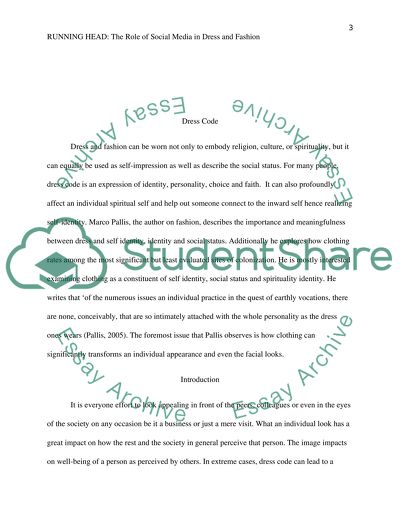Cite this document
(“What is the role of Social Media in fashion today Term Paper”, n.d.)
What is the role of Social Media in fashion today Term Paper. Retrieved from https://studentshare.org/english/1691617-what-is-the-role-of-social-media-in-fashion-today
What is the role of Social Media in fashion today Term Paper. Retrieved from https://studentshare.org/english/1691617-what-is-the-role-of-social-media-in-fashion-today
(What Is the Role of Social Media in Fashion Today Term Paper)
What Is the Role of Social Media in Fashion Today Term Paper. https://studentshare.org/english/1691617-what-is-the-role-of-social-media-in-fashion-today.
What Is the Role of Social Media in Fashion Today Term Paper. https://studentshare.org/english/1691617-what-is-the-role-of-social-media-in-fashion-today.
“What Is the Role of Social Media in Fashion Today Term Paper”, n.d. https://studentshare.org/english/1691617-what-is-the-role-of-social-media-in-fashion-today.


